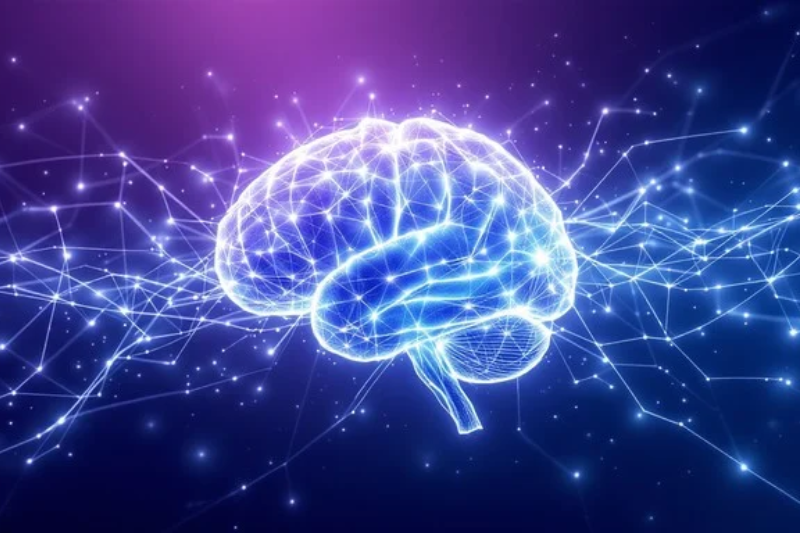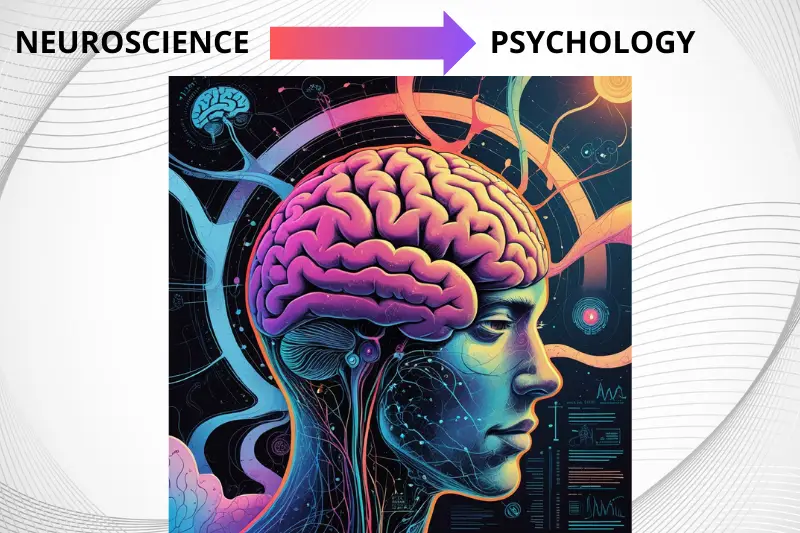Cognitive Neuroscience: Understanding the Mind through the Brain
Cognitive neuroscience seeks to bridge the gap between psychology and biology, unraveling the complexities of the human mind by investigating the neural mechanisms underlying mental phenomena. It is an interdisciplinary field combining the study of the brain, cognition, computation, and more to comprehend how the organ enables thought. Perception, memory, language, decision making, consciousness and other cognitive processes are explored at the biological level.
The Foundations of Cognitive Neuroscience
Late last century brought advances enabling the inception of cognitive neuroscience. Brain imaging innovations and computational methods allowed exploration into cognition’s biological roots. Integrating knowledge from neuroscience, cognitive psychology, computational neuroing, and neuroanatomy, the field emerged.
Key Concepts in Cognitive Neuroscience
Brain Structure and Function
The human brain contains diverse regions cooperating to support cognition. Chief among them is the cerebral cortex, comprising four lobes crucial for higher mental functions. The frontal lobe governs problem solving, decision making and motor control. The parietal lobe processes sensory input, spatial awareness and attention. The temporal lobe handles language, memory and emotion. The occipital lobe dedicates to vision. Other important structures include the hippocampus for memory and navigation, the amygdala for emotion and threat perception, the basal ganglia for movement and learning, the thalamus as a sensory gateway, and the cerebellum for movement and balance.
Neural Communication
The intricate interplay between neurons forms the basis of cognition. These brain cells pass signals via electrical impulses and chemical messengers called neurotransmitters. Key players in thought include dopamine, linked to reward and learning. Serotonin regulates mood, emotion, and recollection. Acetylcholine supports focus and memorization. Glutamate underpins synaptic plasticity as the major excitatory transmitter. GABA maintains brain activity as the primary inhibitory molecule.
The brain exhibits plasticity, changing structure and function in response to experiences. On a microscopic level, synaptic plasticity alters the strength of neuron connections. On a macro scale, the physical reorganization of regions occurs through neurogenesis or the redistribution of functions to undamaged areas after injury. All of this neuroplasticity facilitates memory formation, skill acquisition, and recovery from damage.
Cognitive neuroscientists apply diverse techniques to explore the relationship between the mind and brain. Functional MRI tracks oxygen consumption to map real-time activity. EEG records electrical potentials over the scalp to study rapid processes. PET uses radioactive tracers to examine metabolism. MEG detects magnetic fields from neuronal firing. Additionally, studies on patients with targeted lesions provide insights into regional roles. Noninvasive methods like TMS and tDCS modulate function in targeted regions to probe effects on behavior.
Together, these varied methods advance our understanding of the neural underpinnings of cognition and behavior by directly observing the living brain at work. Continued multidisciplinary research promises further revelations into this most complex of organs and the source of our very thoughts.
Cognitive Neuroscience of Mental Processes
1. Perception and Attention
Perception involves our interpretation of sensory experiences, allowing us to understand our surroundings. Meanwhile, attention plays a key role in focusing on pertinent stimuli. Neuroscientists have pinpointed networks significant for:
Visual Processing – The occipital lobe works with ventral and dorsal pathways to recognize objects and spatial relationships.
Selective Attention – The parietal and frontal lobes facilitate prioritizing meaningful cues amid competing information.
2. Memory and Learning
Memory empowers us to retain and recall what we’ve encountered. Core memory architectures include:
Working Memory – Temporarily retaining bits aids critical thinking, supported by the prefrontal cortex.
Long-Term Memory – Embedded facts linger across the cortex, indexed by the hippocampus.
Procedural Memory – Habits and motor expertise depend on basal ganglia and cerebellar routines ingrained through repetition.
3. Language Processing
Language localization emerged with discoveries of specialized areas:
Broca’s Area – Found in the frontal lobe, essential for speech construction.
Wernicke’s Area – Within the temporal lobe, crucial for comprehending communication.
Lesions to these regions underlie language disorders like aphasia.
4. Decision-Making and Executive Function
The prefrontal cortex handles central executive functions such as decision-making, problem-solving, and self-control. Neuroscientists explore how we weigh risks versus rewards and immediate versus long-term impacts when choosing.
5. Consciousness
Consciousness remains among the most perplexing phenomena to unravel. Scientists scrutinize neural correlates of consciousness by tracking brain activity tied to awareness and self-awareness.
Applications of Cognitive Neuroscience
Cognitive neuroscience yields practical applications including:
1. Clinical Neuroscience
Understanding cognitive conditions like Alzheimer’s, schizophrenia, and depression aids developing improved treatments and interventions.
2. Education and Learning
Pedagogy can capitalize on neuroscientific insights about optimizing retention and engagement through memory and focus.
3. Artificial Intelligence (AI) and Brain-Computer Interfaces
Cognitive neuroscience influences AI development and interfaces linking brains directly to devices, facilitating communication between neural and synthetic systems.
4. Neuroethics and Law
Advancements in neuroscience raise complex questions about cognitive enhancement, privacy protections, and responsibilities under the legal system.
Challenges and Future Paths
Despite significant progress, cognitive neuroscience faces difficulties such as:
Understanding Individual Diversity – Brains differ greatly from one person to the next, complicating broad generalizations.
Linking Neural Activity to Actions – Correlation alone does not demonstrate causation, making it challenging to determine direct brain-behavior relationships.
Interpreting Brain Imaging Findings – Limitations in resolution and analysis require meticulous examination of data.
Future research may center on integrating artificial intelligence with neuroscience, developing more precise imaging technologies with higher resolution, and unraveling the intricacies of human consciousness.
Conclusion
Cognitive neuroscience is a field rapidly evolving to enhance our comprehension of the relationship between the brain and mind. By exploring neural mechanisms underlying cognition, it contributes to advances in medicine, education, technologies, and artificial intelligence. As research progresses, cognitive neuroscience will continue unveiling the mysteries of human thought, perception, and behavior, shaping the future of science and society.



